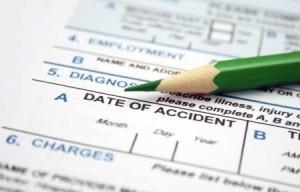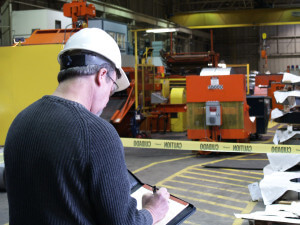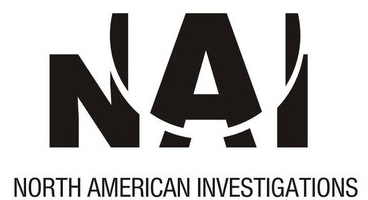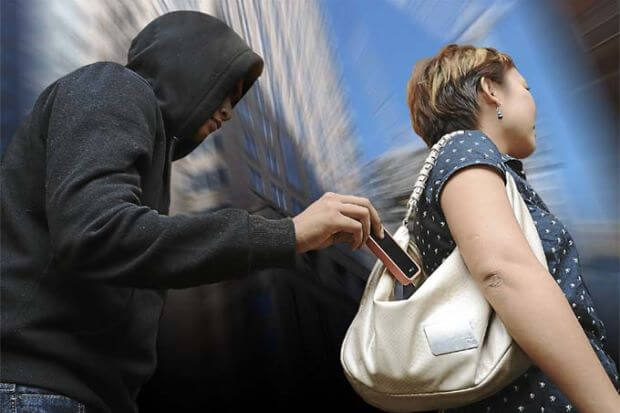An accident scene investigation is conducted to determine the cause or causes of an accident. An accident investigation is usually performed in order to prevent similar accidents in the future, but an investigation may also be conducted during or in preparation for a legal battle in order to determine who was at fault. Accident investigators come from a range of backgrounds and may include forensic scientists, engineers and health and safety advisers.
 Because accident investigations often lead to legal battles, accident investigation techniques must be methodical and scientifically rigorous so that investigators’ conclusions can be offered as evidence in court. One or more investigators who are experts in relevant fields may testify in court. Multi-million dollar legal battles will often come down to a “battle of the experts”, both sides will offer the testimony of their own expert, meaning that the investigators conclusions and methods must stand the test of cross examination by the opposing party’s lawyer.
Because accident investigations often lead to legal battles, accident investigation techniques must be methodical and scientifically rigorous so that investigators’ conclusions can be offered as evidence in court. One or more investigators who are experts in relevant fields may testify in court. Multi-million dollar legal battles will often come down to a “battle of the experts”, both sides will offer the testimony of their own expert, meaning that the investigators conclusions and methods must stand the test of cross examination by the opposing party’s lawyer.
What Does An Accident Investigator Do?
Investigators employ a range of accident investigation techniques. These range from causal analysis, in which the investigator applies the principles of causation to determine the course of events that led to the accident, to expert analysis, in which the investigator relies on their own expertise or the knowledge and opinions of other experts to determine the cause of the accident.
 Another method accident investigators use is organizational analysis, which relies on the assumption that if everything was working right, there would be no accident. Accident investigators then conduct experiments to determine how the system deviated from the ideal in order to cause the accident.
Another method accident investigators use is organizational analysis, which relies on the assumption that if everything was working right, there would be no accident. Accident investigators then conduct experiments to determine how the system deviated from the ideal in order to cause the accident.
Digital photography has lead to advanced accident analysis techniques that aid the accident investigation process by allowing accident investigators to digitally recreate a 3D model of the scene. Camera Matching and photogrammetry are two slightly different techniques that can both be used to create a 3D representation of the scene or objects at the scene. Rectification on the other hand, can transform a single photograph into a 2D top down view of the scene.
What Are The Steps Of An Accident Investigation Process?
Fact gathering is the first step in any accident scene investigation. The investigator must collect data by speaking to witnesses and experts, taking photos and making notes of observations. They may also collect samples and other data for later analysis. The accident investigator must then analyze the facts collected. This may involve performing any number of calculations and scientific tests, while attempting to synthesize all of the data gathered into a “big picture” of what happened. After the facts have been gathered and analyzed the investigator will draw conclusions about the accident.
Finally, the investigator may take countermeasures. Countermeasures vary based on the purpose of the investigation. Often, accident investigators will present a report and make a recommendation to a safety committee at a manufacturing corporation, such as an airplane or automobile manufacturer. The accident investigator’s report is a key factor in making incredibly important decisions that could affect thousands of lives such a redesigning products to prevent accidents, or making automobile recalls.
No matter what the purpose of the investigation, an accident investigator is a powerful tool to have on your side. Big corporations have their own accident investigators, but law firms and private individuals looking to negotiate a better insurance settlement will want an investigator on their side too. Our accident analysis service is just the thing when you need one of these experts in your corner.





